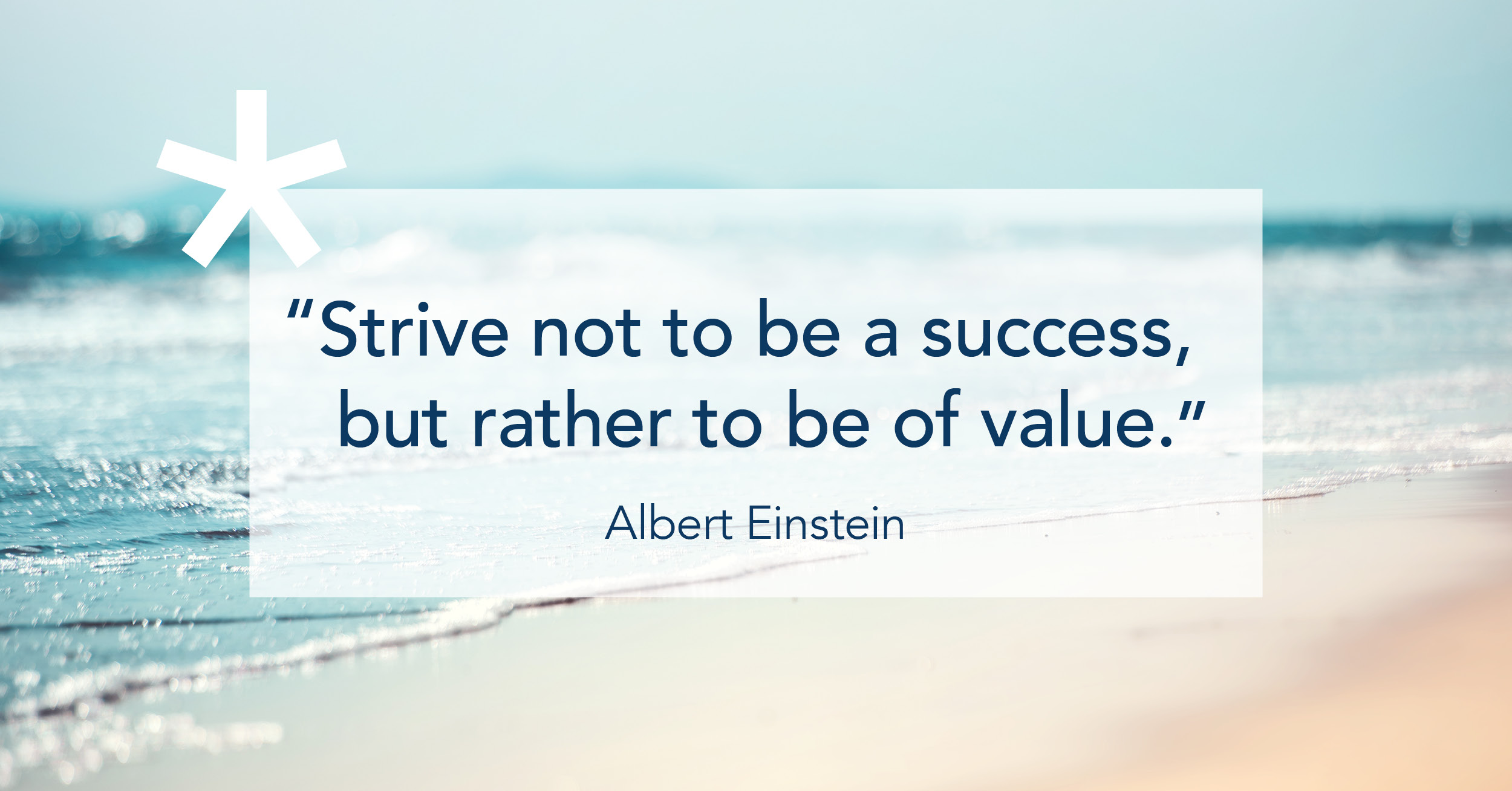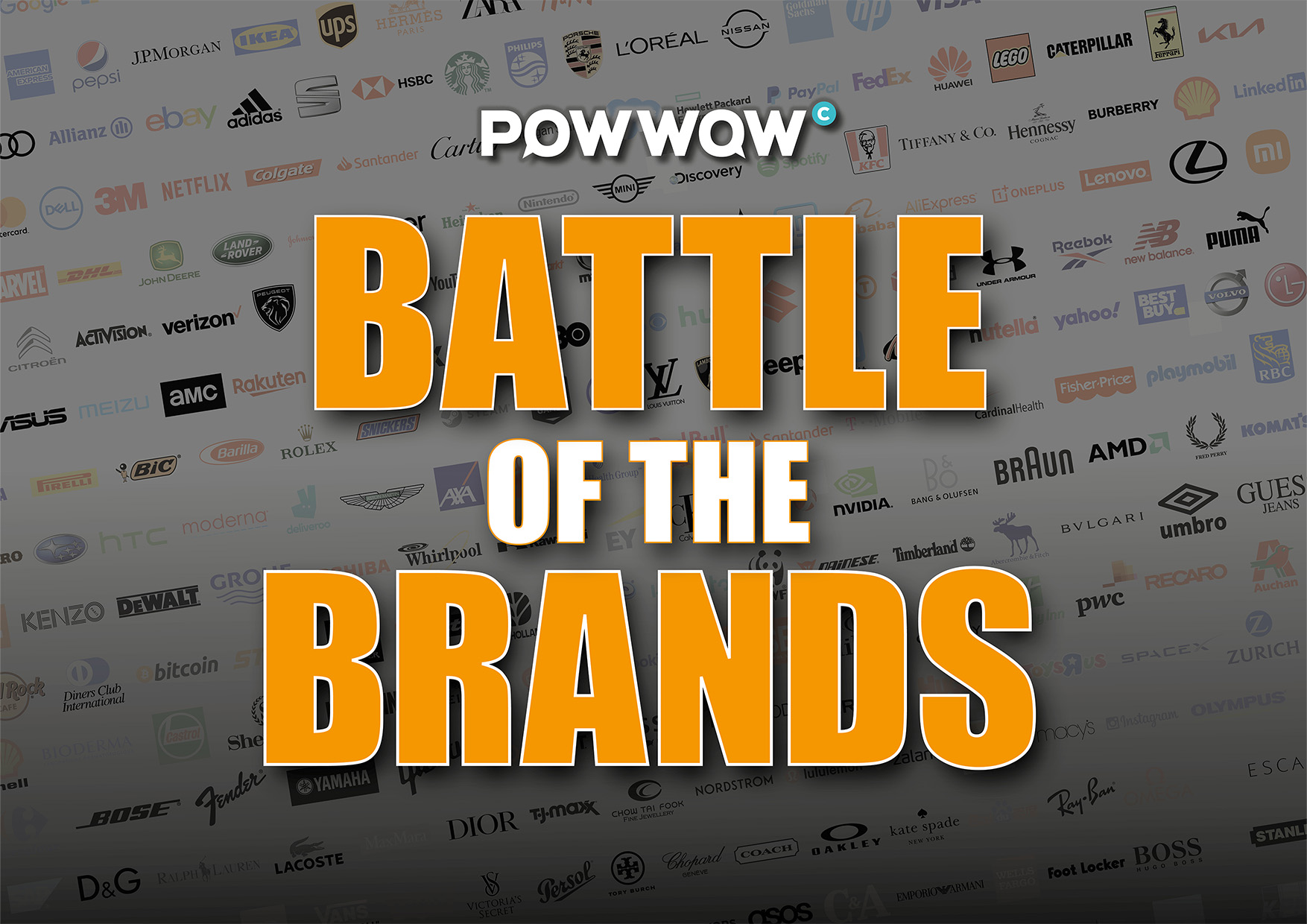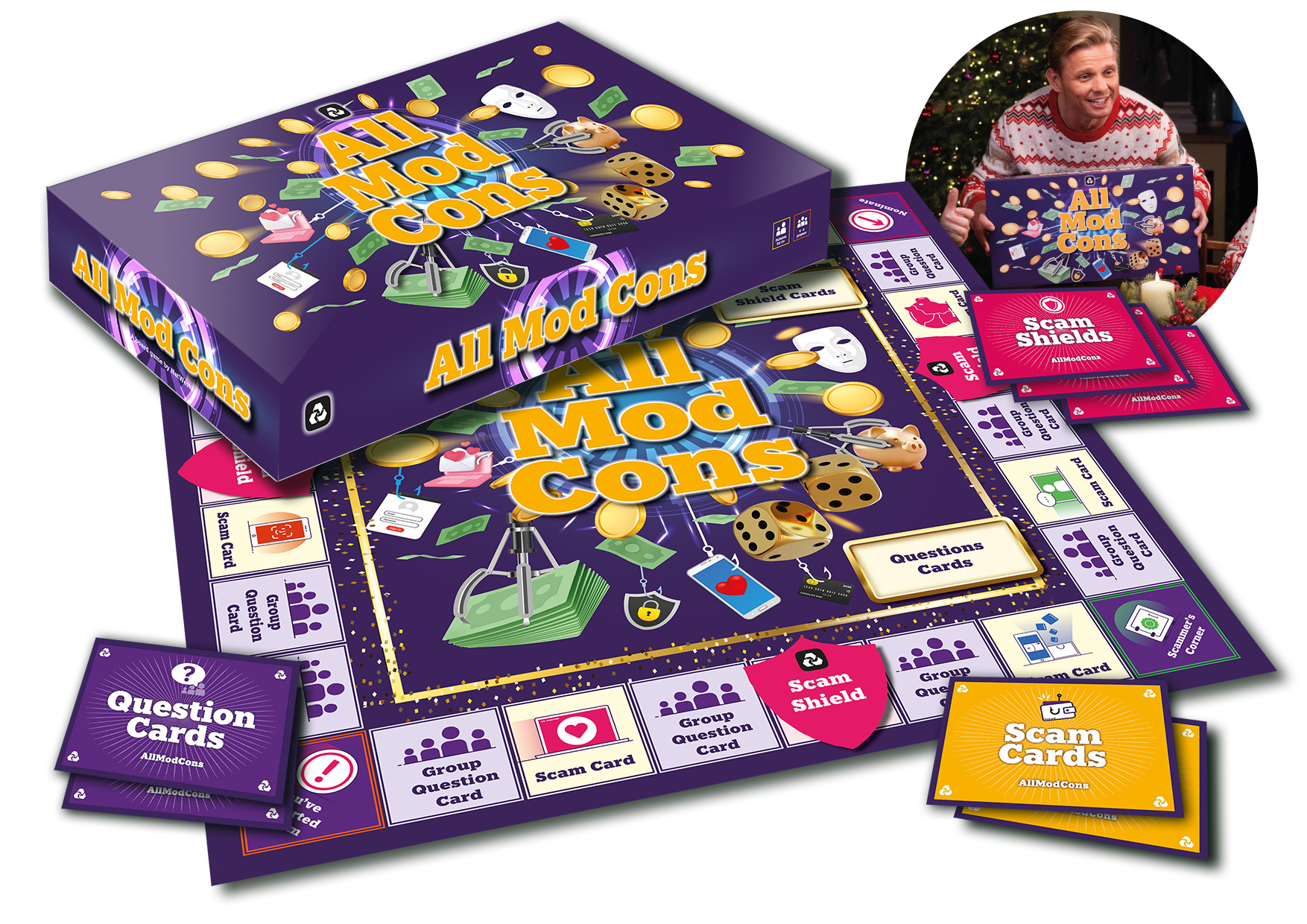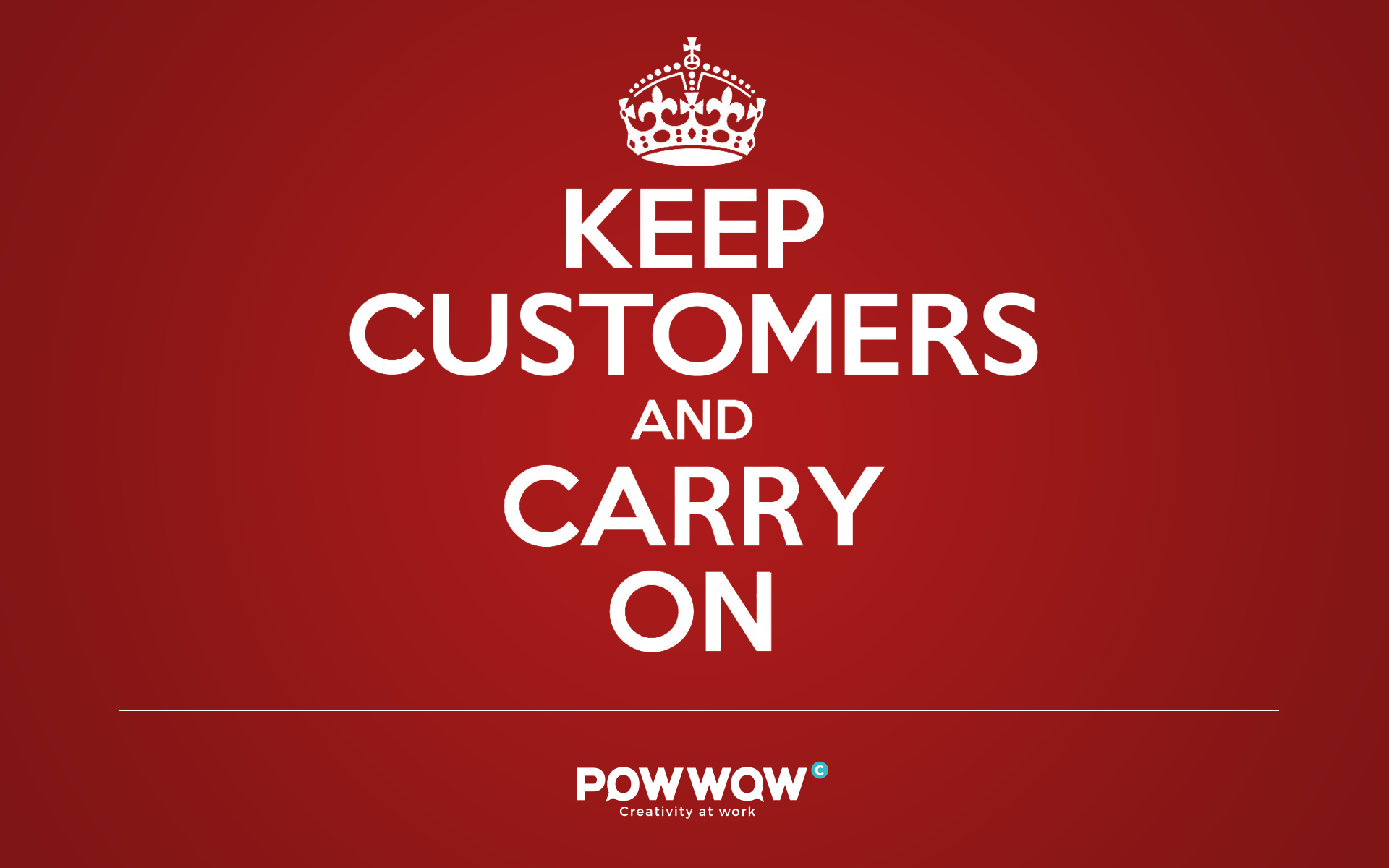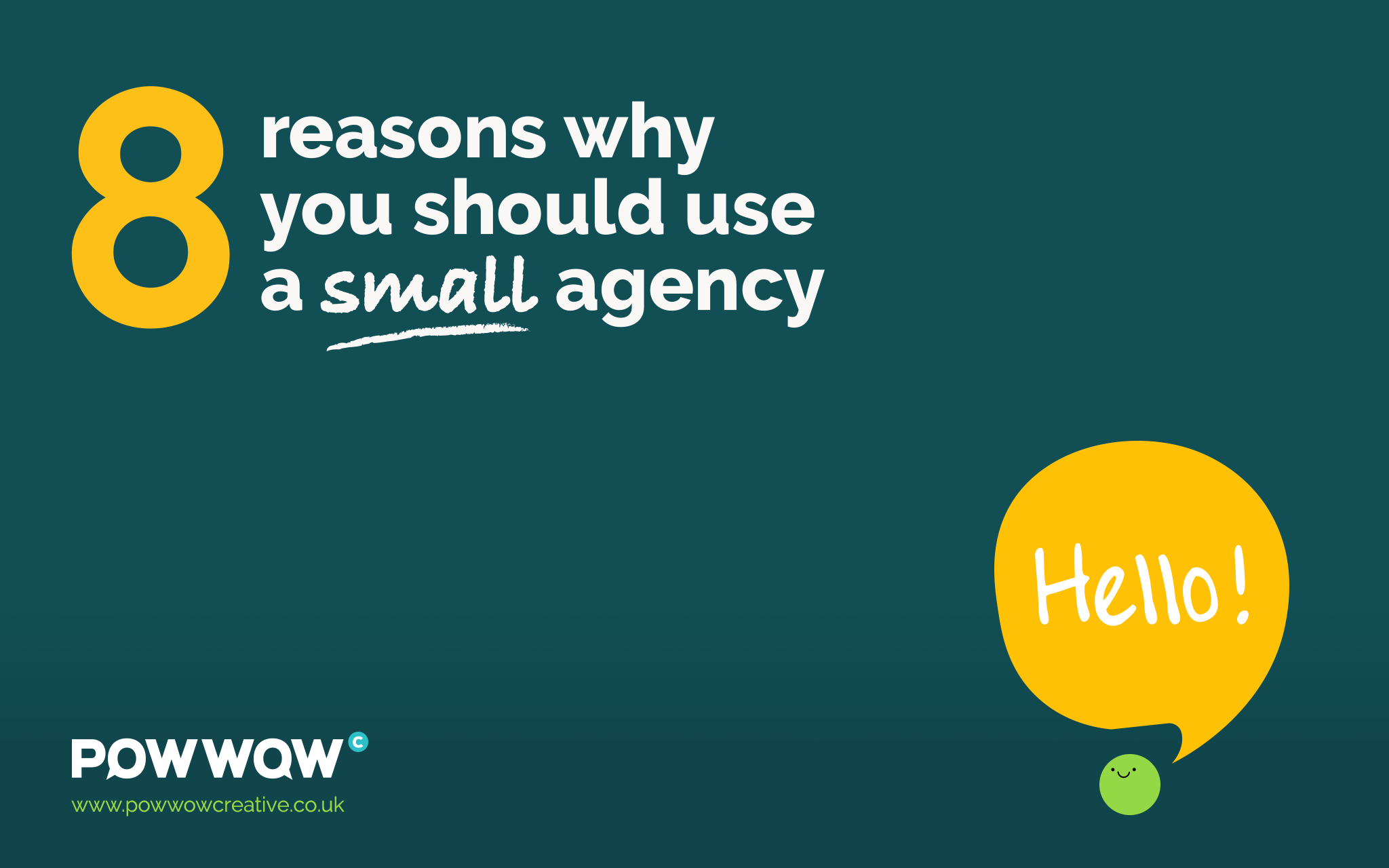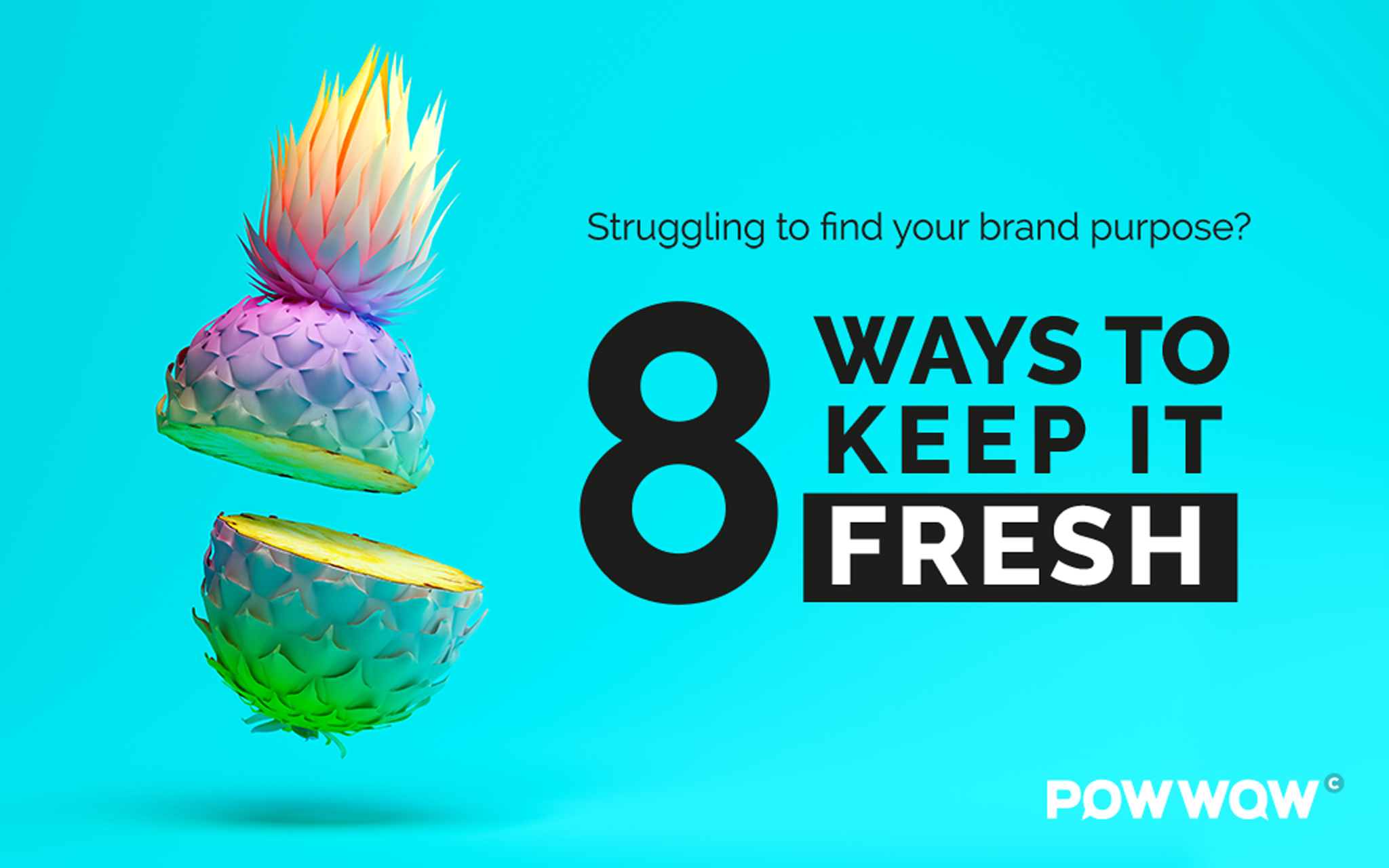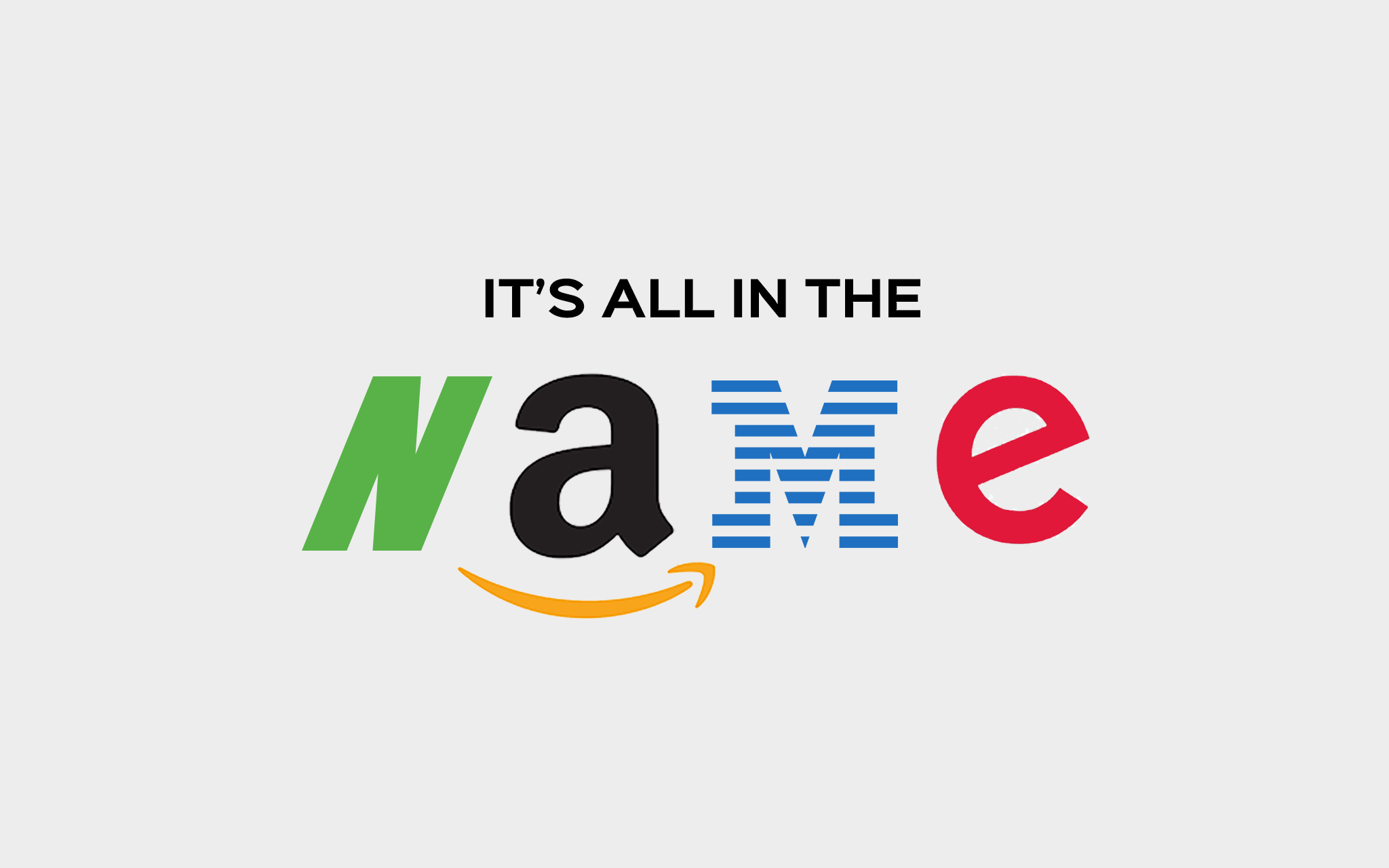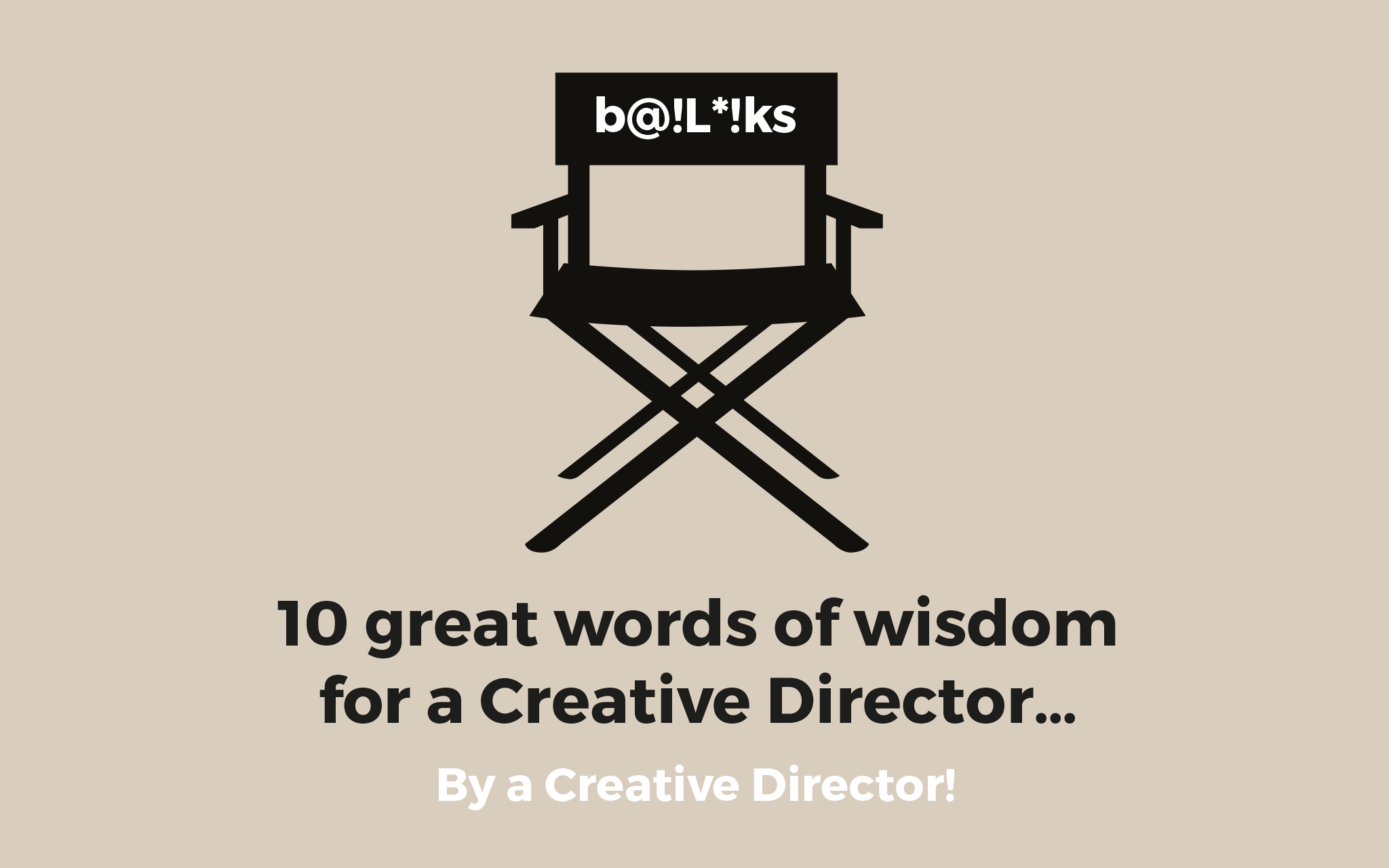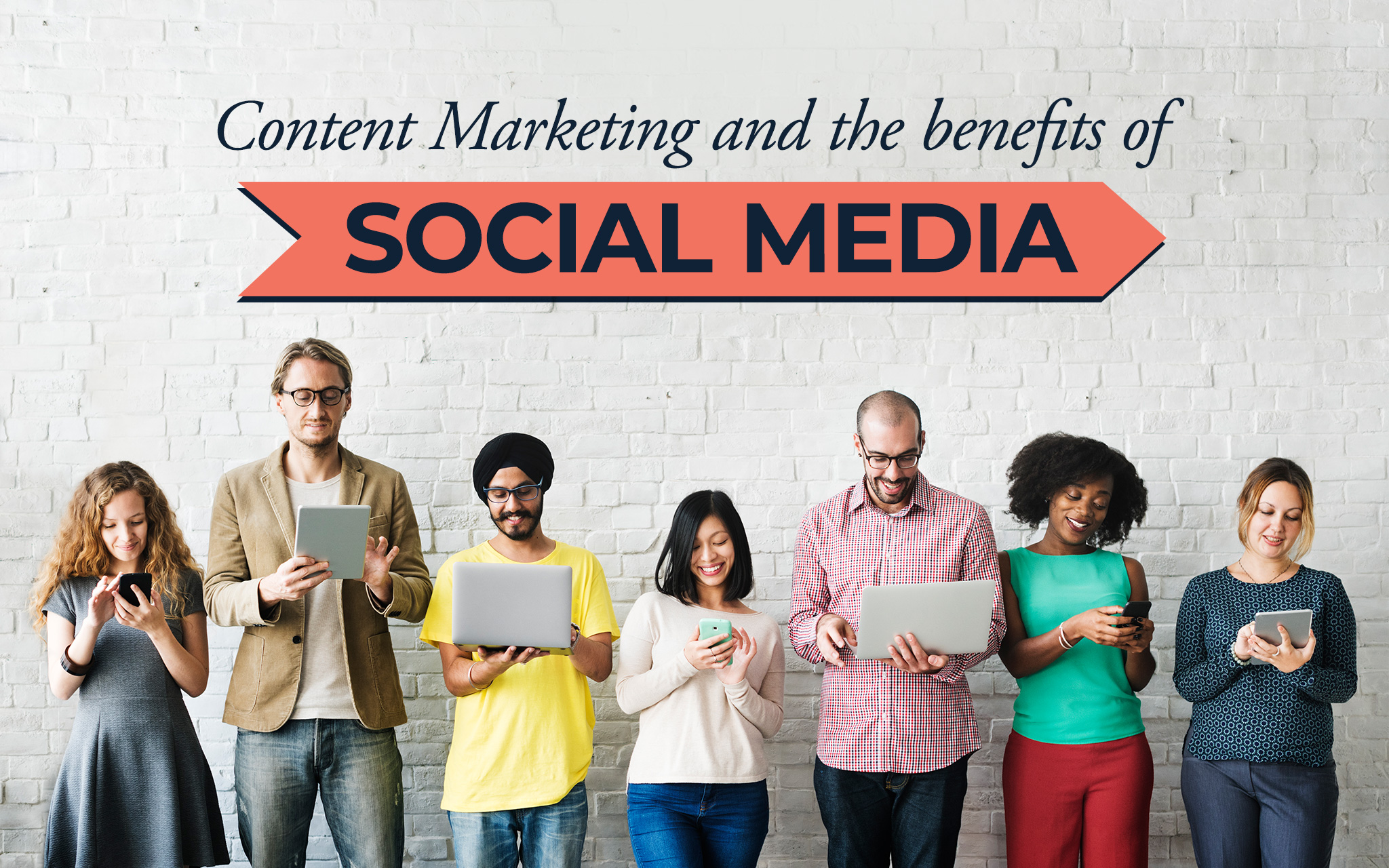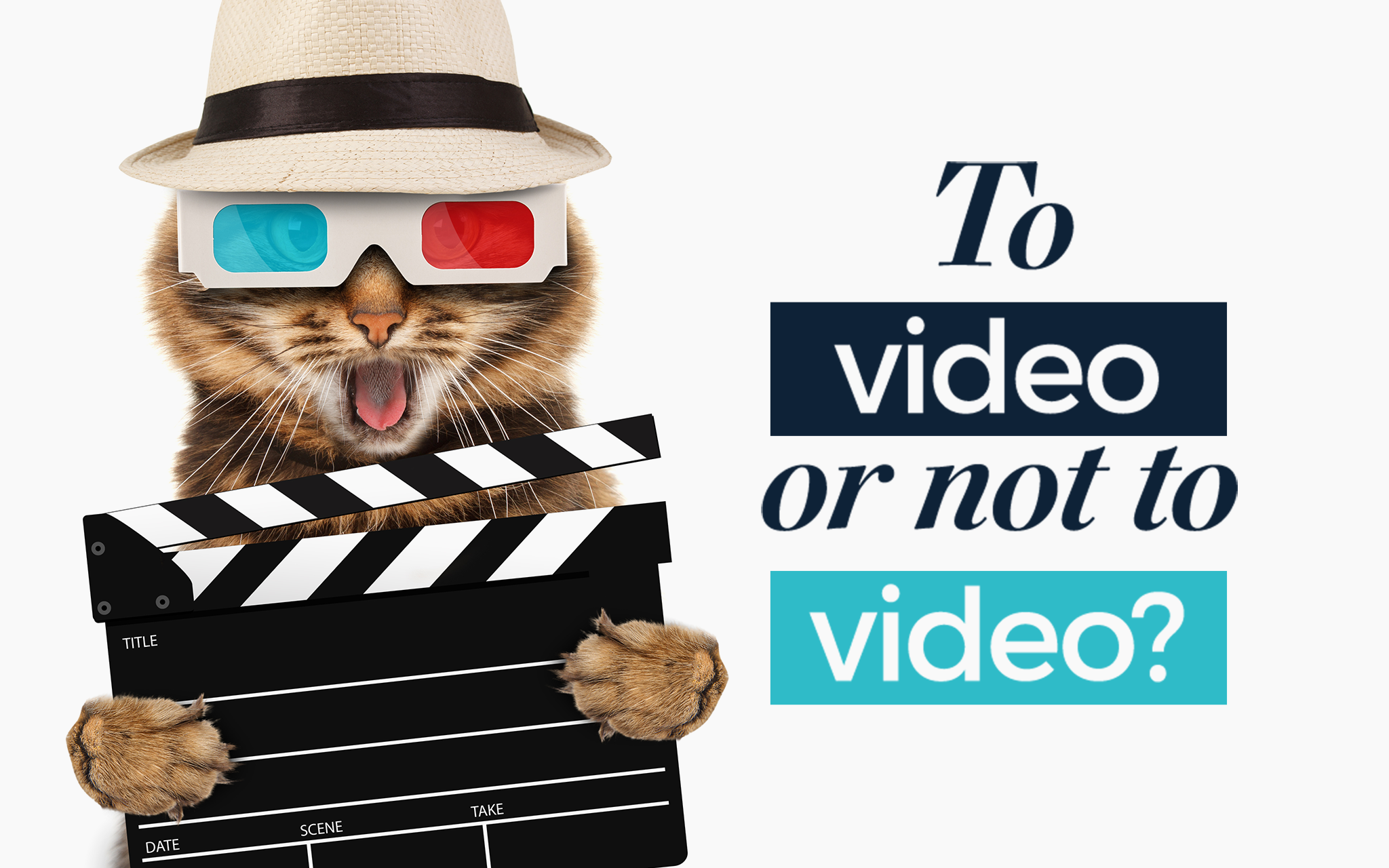Brand ‘purpose’ is more important than ever to B2B brands. We cover 8 ways to keep it fresh.
Do you know your mission from your vision? Your purpose from your promise? In this article I try and bring some clarity to purpose, mission, vision, and values (PMVV) definitions, why it’s important and what’s trending now.
Today more than ever, brands are realizing the importance of linking their purpose with their customers’ needs. By reviewing your brand strategy you can make sure you have an identity and messaging framework that supports your business ambitions and evolves with your customers. All adding to the reputation and commercial value of your business. But whilst having the right PMVV does have a strong correlation with improved finance performance, unless you constantly check relevance and recall, you are in danger of creating little value.
Reviewing your brand strategy can strengthen your organization on a number of levels:
- Increase market leadership and reputation
- Accelerate new market opportunities
- Improve your value based selling ability
- Influence customers buying criteria
- Improve quality
The value in employee engagement
Your PMVV is not just about your core customer; employee engagement is just as critical and key to a successful strategy. After all, they are your most important ambassadors, who can tell you a lot about customer behaviour and perception. By fostering closer co-operation internally you create a sense of purpose.
More and more employees see the importance of the values of the business they work with matching their own. In the UK alone 74% of millennials agree with this statement. *
Here are 8 ways PowWow recommend to keep your PMVV fresh:
- Audit
Keep your personas up-to-date. Conduct a competitor review to see what other organisations are saying about themselves and how they a performing.
- Evaluate
Maybe a re-brand is needed, or an umbrella brand introduced? Understand the impact and risk to achieve. What is needed to evolve and when.
- Research
What do customers currently think and see? Seek validation that what you think about your brand is what customers think. You may know who your customers are but do you know them?
- Brand Strategy
Create or evolve your purpose, mission, vision, and values (PMVV) based on the evidence you have gathered and where you want to take the company.
- Activate
Establish a communications plan to drive equity. Review and align branding with marketing and sales assets. Create a narrative that speaks your customers language.
- Employee focus
Make them part of the process from the beginning. Can they recall your purpose and values when you ask them? There are great ways of “Living the brand’ and creating a sense of ownership.
- Brand management
From the top down and the bottom up, the culture of your business thrives when belief is rooted throughout the company.
- Measure success
Track what behavioural change you want to achieve: increase in sales; reduction in operating costs; identifying new market opportunity; client retention. Carry out customer research regularly.
What does it all mean anyway? A brief terminology checklist:
Purpose
The purpose is the WHY of the company. Why are you in the business that you’re in? What do you want to do? What do you believe? Think of your purpose from a customer-centric point of view.
Value proposition
The value proposition is the HOW you help. What makes you attractive to customers “what’s in it for me?”. Think of it as the emotional and rational benefit that customers derive in purchasing a product.
Together, the purpose and proposition statements provide a messaging platform for the brand by defining the WHY and HOW. They give context for the solutions and promises the brand makes,forming the core of your brand story.
Vision
What is the future goal of the company that is at the core of your business? Think of your vision as where you ultimately want your work to lead you.
Mission
Your mission statement, is how you put the vision into action. It’s aimed more at employees than at customers. Think of your mission as the route you’ll follow to achieve your vision and what you do for others.
The vision and mission tend to be internal statements delivered by the leadership team. It creates a sense of purpose and internal focus for employees.
Brand values
Values are emotional and rational qualities that a company wants customers to see, and employees to believe. They should be embedded into company culture. Think of values as guiding principles that your business uses to behave and act in a certain way.
Brand principles
Companies often use a brand principle to remind staff about their priorities and goals. Think of your principles as motivational statements, a declaration of desired behaviour and beliefs.
Brand promise
A brand promise is a value and benefit a customer can expect from you, one that has meaning and relevance. It enables you to deliver your brand in a way that connects emotionally with your customers and illuminates your difference. Think of it as the expectation that you live up to every time people experience your brand.
Brand positioning
Brand positioning is your elevator pitch in the mind of your customer. It contains what unique value you provide your customer and why they should believe you. Give your customers one (or two) good reasons why they should choose your offering above all others in the market landscape.
Boiler plate
Boiler plate copy is a brief, concise and factual statement that should be used again and again in communications and PR. It outlines who you are, what you do and who for. Often derived from the purpose and value proposition it should be no more than 100 words. Think of it as you calling card and make sure it contains your web address, where you operate, any awards you may have won or specific metrics that make you stand out.
Strapline
A memorable strapline should summarise what your brand stands for in just a few words. It can be descriptive or figurative, back your brand positioning and convey what you are about. Think of your strap as how you want to be remembered and differentiates yourself from others.
We’ve learnt a lot about brand strategy over time. Here’s some advice to consider when developing your brand strategy:
Future proof
We often work with M&A companies so it’s vitally important to come up with a brand strategy that has flexibility and the ability to evolve.
Buzzwords
Avoid getting out-of-date or sounding like your competition.
Momentum
Static brand strategy documents can become forgotten. Keep it alive by entrenching its content in your sales and marketing. Live the values, believe in them and don’t be vague otherwise they become lost.
Procrastination
Meaningless waffle filled with jargon makes people turn off! Be quick, smart and to the point.
Competition
Always be one step ahead and constantly see what your competition is doing (without being overly paranoid!).
Support
Don’t go it alone. Brand strategy evolves everyone to get on board. This in itself can be tricky with internal politics delaying decisions or clouding judgement. We recommend appointing an agency who can bring objectivity, provide qualified research and industry expertise.
Persistent communication
You can lose pace without a good, long-term communications plan to tell your brand story. And remember, don’t make it about you, make it about your customers. If they want to learn more about you they can look up your About us page or find you on social media.
‘Purpose’ is crucial for business success
PMVV work needs to be planned, collaborative, and consistently reviewed to ensure success. If you should do anything first then purpose is your starting point, driven by your vision and actioned by the mission.
Is now the time to review your brand?
Contact Karen at PowWow Creative if you would like to discuss further karenk@powwowcreative.co.uk
About the author
Karen Kingdom is a co-founder of PowWow Creative, a full-service creative agency. She is dedicated to supporting businesses with their brand strategy and evolvement. Find her on LinkedIn or visit powwowcreative.co.uk
